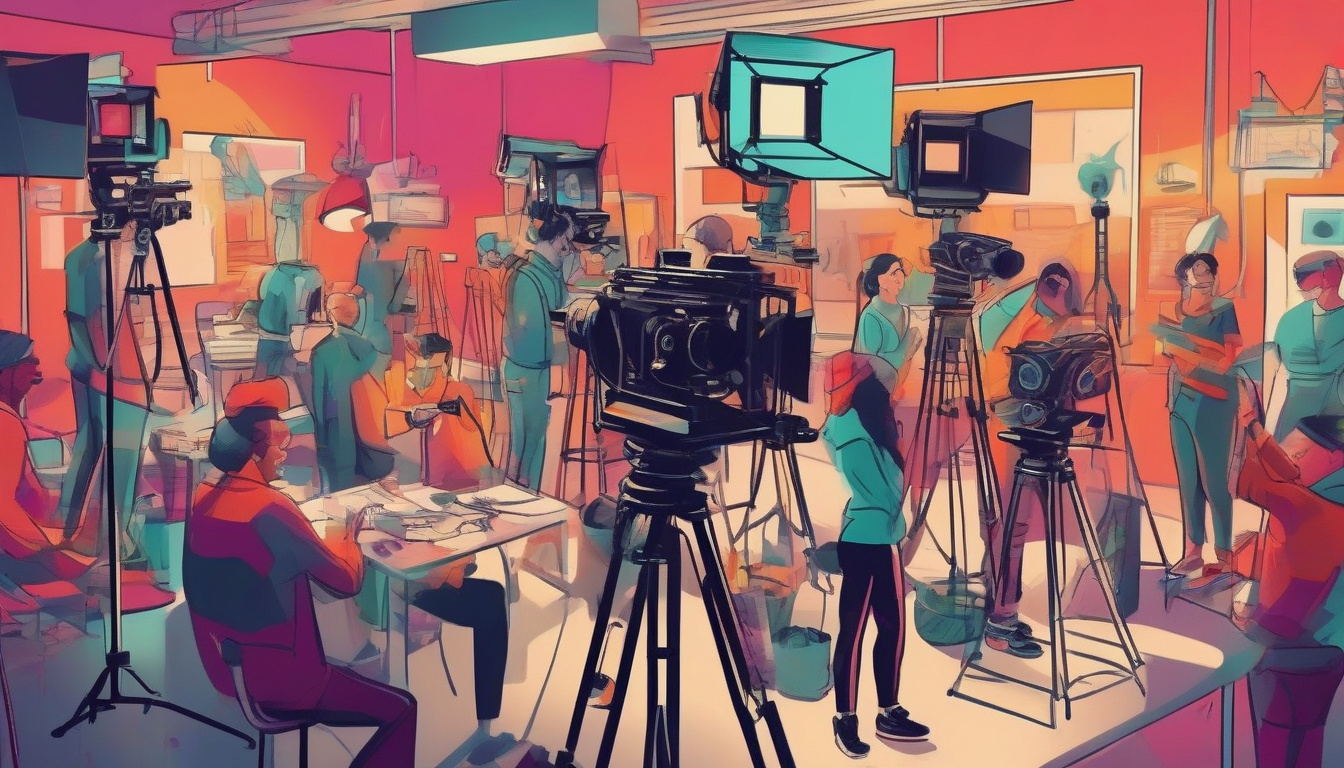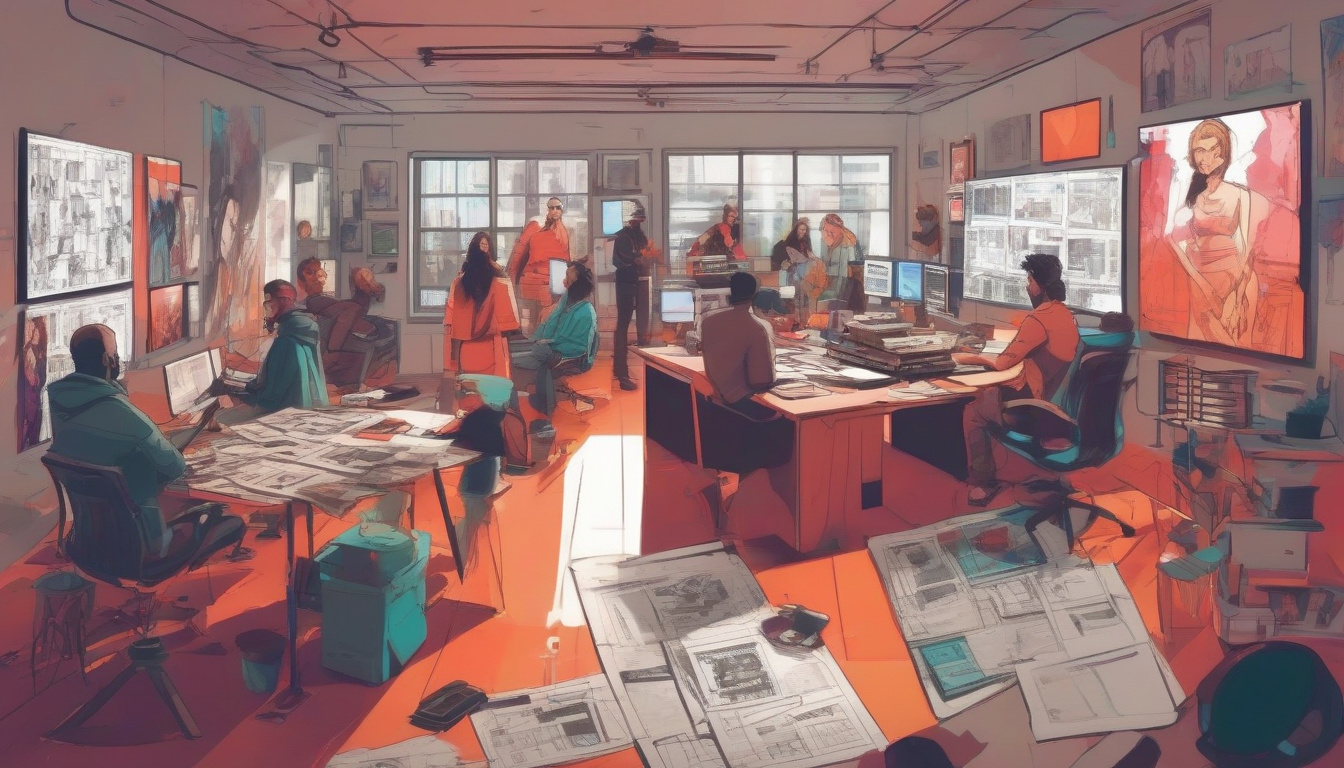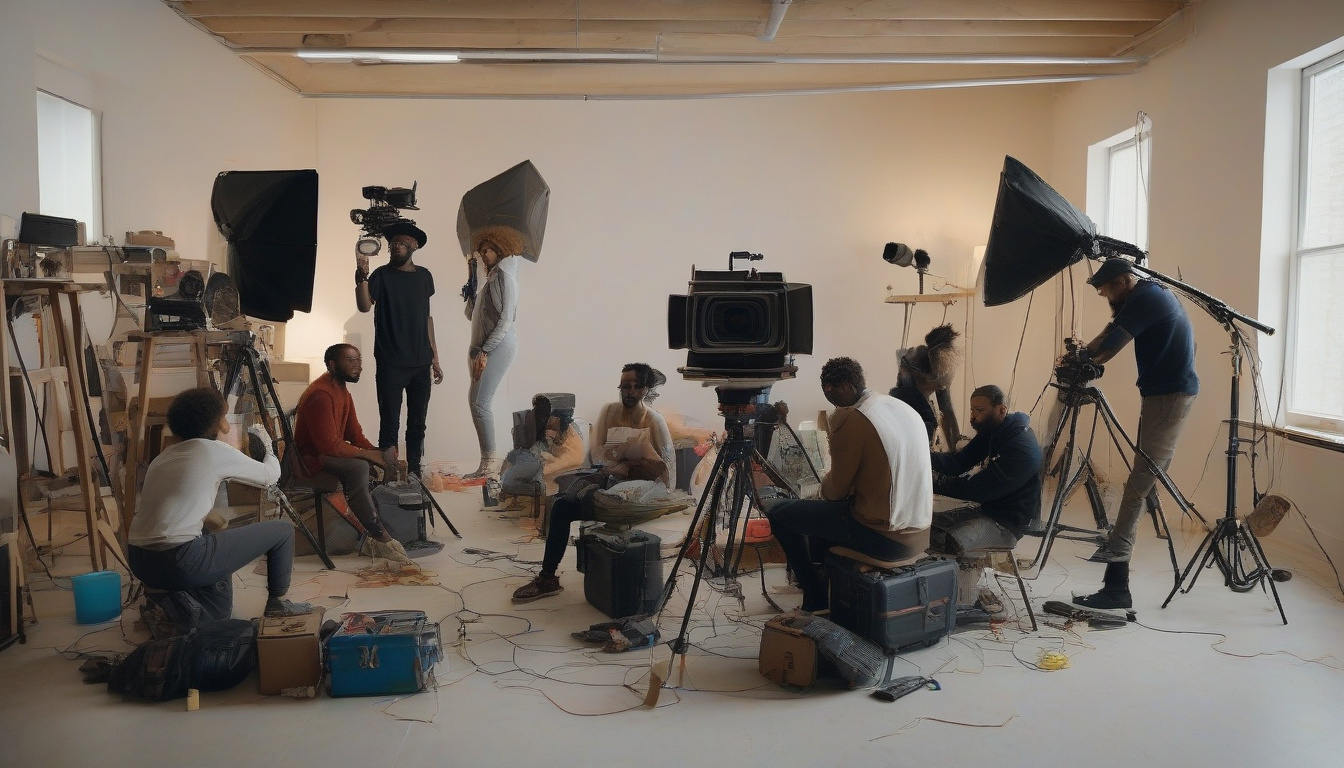
An Introduction to Screenwriting: Unleash Your Inner Spielberg
Why hello there, budding wordsmith! Do you dream of seeing your name lit up in Hollywood lights or having A-list actors recite your lines? Well, put down that bag of popcorn and step into the glamorous, coffee-stained, and often frustrating world of screenwriting. Grab your pen—or your laptop if you’ve joined the 21st century—and let’s dive in!
What Exactly is Screenwriting?
Ah, screenwriting—the dark art of translating vague ideas and fleeting imaginings into a gripping narrative that’ll make audiences laugh, cry, or rewrite their will. A screenplay, my dear Watson, is the blueprint for a film or television production. It spells out (literally) the actions, dialogue, and visual elements that will eventually make it to the screen. Think of it as an Ikea manual, but instead of instructions on how to build a bookcase, it guides filmmakers on how to build a cinematic masterpiece. Some assembly required!
The Basic Anatomy of a Screenplay
Fear not, for screenplays come with their own skeletons to keep things structurally sound. Here’s what holds the magic together:
- Title Page: The grand opening! This page proudly displays the title of your screenplay, your name (yes, your precious name!), and your contact info—for when Hollywood comes a-knockin’.
- Scene Headings: Also known as sluglines. They set the stage, literally, telling the reader where and when the action is happening. Example: “EXT. PARK – DAY.” That’s right, you get to boss people around with all caps!
- Action Lines: These describe what’s happening on screen in the present tense. Leave the flowery prose and metaphors for your poetry collection; visual clarity is king here.
- Character Names: They appear in caps the first time they’re introduced in the action. Quite the diva moment!
- Dialogue: The main course. This is what your characters say, complete with parentheticals (wryly) if you feel extra directing is needed.
- Transitions: Used sparingly, these include CUT TO: and FADE IN:, guiding the editor along your narrative trail.
Formatting: The Unwritten Rulebook
Ever tried squeezing into jeans two sizes too small? Wrong formatting feels precisely like that! Industry standards dictate your screenplay should be in 12-point Courier font. Your margins, indents, and spacing—meticulously outlined by screenwriting gods—ensure your script is easy on the eyes. Failure to conform is screenwriting blasphemy, punishable by endless rejection emails.
The Hero’s Journey: Your Plot’s Soul Mate
If plotting your screenplay feels akin to wandering through a maze blindfolded, let us introduce you to the Hero’s Journey—a tried-and-tested template, also a favorite of literary archeologists. Your protagonist embarks on an adventure, faces conflict, secures victories, and undergoes transformation. Voila! Instant epicness.
Dialogue: The Art of Chit-Chat
Oh, dialogue. The peanut butter to your screenplay’s jelly. You want it snappy, you want it natural, and, above all, you want it to sound like something someone might actually say. Picture every character has their unique voice, not a creepy ventriloquist routine. It’s all about the subtext, baby!
Get Smart With Software
If only there were some magic tool to help format your screenplay and wrangle your ideas… Oh wait, there are! Software like Final Draft, Celtx, and Fade In are the Jedi masters for all things screenwriting. Do yourself a favor and get acquainted, unless you fancy formatting 90 pages by hand.
Rewrite, Rewrite, and Rewrite Again
The first draft? Merely the tip of the iceberg! Screenwriting is rewriting. Your first draft will likely resemble a chaotic soup of ideas; subsequent drafts will transform it into a five-star Michelin meal. Just remember to keep your ego in check—feedback is your friend, not your nemesis.
Networking: It’s Not What You Know, It’s Who You Know
The script’s written, the edits tight, the dialogue sharp. Now what? Networking, darling! Attend film festivals, join writers’ groups, and see every chance encounter as an opportunity. Drop your screenplay into every available lap (metaphorically speaking).
Remember, the road to Hollywood is paved with persistence, resilience, and copious amounts of caffeine. Good luck, and may your plot twists always leave audiences gasping for more!






